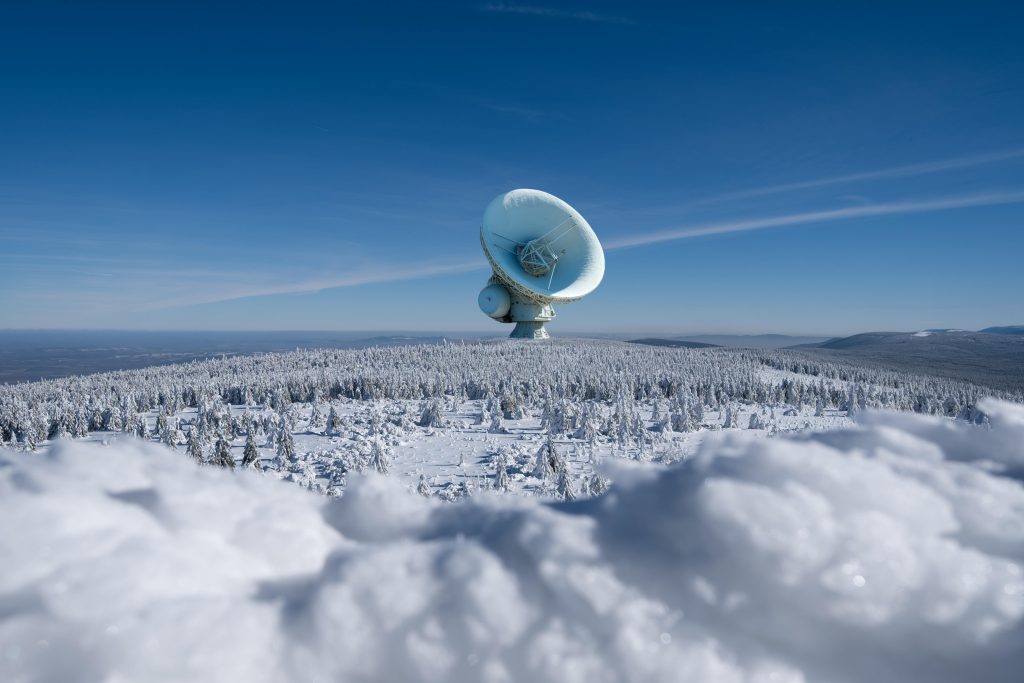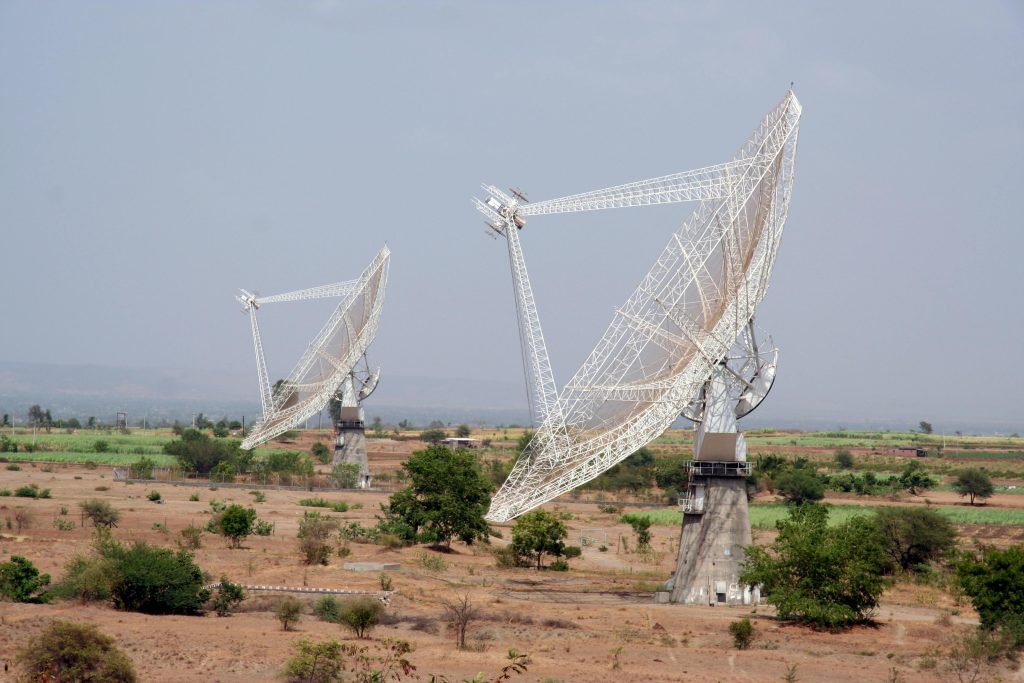If you’re on our website, you’ve probably read the word telemetry a few times. And if you’re in any industry that manufactures or monitors, well, almost anything, then you’ve probably read and heard people talk about it. Telemetry plays a vital role in modern electronics and modern life, it is the unsung backbone of many industries. It enables the remote measurement and transmission of data – from monitoring spacecraft to tracking fitness goals, telemetry powers a wide range of applications that keep systems running silky smooth and efficiently.
That’s all well and good I hear you cry, but what is it? Let’s break it down.
What is ‘telemetry’?
In simple terms, telemetry is the process of collecting data from remote, inaccessible locations, or – for business – monitoring machines or processes, and transmitting it to a central system for analysis. This is achieved using sensors, transmitters, and receivers that work together to measure and communicate data over a distance. This distance is limited by the constraints of the components used in the device, but in theory with modern connectivity there aren’t many places on the planet that can’t maintain telemetric monitoring.
For example, a weather station might use telemetry to send temperature, humidity, and wind speed readings to a central server, where the data is processed and displayed. Similarly, telemetry in vehicles can monitor engine performance and send diagnostics to a maintenance centre. From just these 2 examples you get an idea of the breadth of different applications the technology can have in modern life.

How Telemetry Works
Telemetry systems follow a straightforward process:
- Data Collection: Sensors measure physical parameters such as temperature, pressure, or motion.
- Signal Transmission: The measured data is converted into an electrical signal and transmitted via radio waves, wired networks, or cellular connections.
- Data Reception: A receiver collects the transmitted signal and sends it to a central system for processing.
- Data Analysis: The central system processes the data, often displaying it on dashboards or triggering automated responses.
This real-time flow of information helps operators make informed decisions and respond quickly to changes. Within your organisation, this can help speed up any manner of processes or even completely automate some time-consuming jobs. Giving you and your employees more time to work on more important jobs.
Applications of Telemetry in Electronics
Knowing how wide the range of telemetry uses is now, you can understand why it is a cornerstone of many industries, offering diverse applications that improve efficiency and safety. Here are some examples:
1. Healthcare
Wearable medical devices like heart monitors and glucose trackers use telemetry to send patient data to healthcare providers. This enables real-time monitoring and timely interventions where before the consequences of infrequent, patient-led monitoring could have been dire. Within healthcare alone, modern telemetry technology has completely revolutionised how healthcare providers care for patients.
2. Automotive
Modern vehicles leverage telemetry to monitor engine performance, fuel efficiency, and tyre pressure. Fleet managers also use telemetry for tracking vehicle locations and optimising routes. And as a high percentage of businesses use vehicles day to day, the usage of the technology to enable these is very widespread.
3. Aerospace
Telemetry systems are critical in aerospace applications, where they monitor and transmit data from aircraft and spacecraft. This data includes altitude, speed, and system diagnostics, ensuring mission success and safety.
4. Energy and Utilities
Telemetry is widely used in energy management, such as monitoring electricity grids and gas pipelines. Smart meters in homes also rely on telemetry to send usage data to utility providers, and in businesses, they can allow you to optimise your energy usage with real-time energy usage tracking data. No more guessing how much impact leaving lights on in storage areas has on the energy bill!
5. Environmental Monitoring
Telemetry systems collect data from sensors placed in remote locations to track environmental conditions, such as air quality, water levels, and wildlife activity.
6. Industrial IoT
Telemetry powers IoT applications in industrial settings, allowing real-time monitoring of equipment, predictive maintenance, and operational optimisation.

Benefits of Telemetry
- Real-Time Monitoring: Enables instant access to critical data.
- Improved Efficiency: Automates data collection and analysis, saving time and resources.
- Enhanced Safety: Provides early warning of potential issues, preventing accidents.
- Remote Access: Allows monitoring of systems in hard-to-reach or hazardous locations.
Challenges to Consider
While telemetry offers many advantages, there are challenges to keep in mind:
- Data Security: Transmitting data remotely can expose it to cyber threats, choosing the right type of data transmission to avoid this hijacking requires knowledge of the tech and forethought, fortunately, we have the experience to offer just that to clients.
- System Complexity: Implementing telemetry requires careful integration with existing systems, you don’t want to cause failures due to incorrect setup.
- Power Requirements: Remote telemetry systems often depend on battery power, requiring efficient energy management – something that we at TAD specialise in!

How TAD electronics Can Help
Due to our prior experience, we at TAD are able to offer specialist support in telemetry-based systems. We have designed, prototyped and manufactured a truly huge number of systems utilising the technology, tailored to the customer’s needs. Whether you require a better system to monitor your fridges, or need to monitor the flow rate in key pipes in your industrial network, or are looking to track environmental metrics in the middle of the jungle – TAD has you covered.
Our expertise ensures that your telemetry solution is reliable, secure, and efficient. From concept to production, we work closely with you to create innovative systems that meet your unique requirements.
Unlock the Potential of Telemetry
Telemetry is a game-changer, empowering businesses to make smarter decisions and improve operations. By leveraging telemetry technology, you can monitor systems in real-time, enhance safety, and optimise performance. Think your business could benefit from a telemetric upgrade?
Contact TAD electronics today to learn how we can help bring your ideas to life. Or if you want to read more, why not check out how we can help you with your eco-tech goals.
